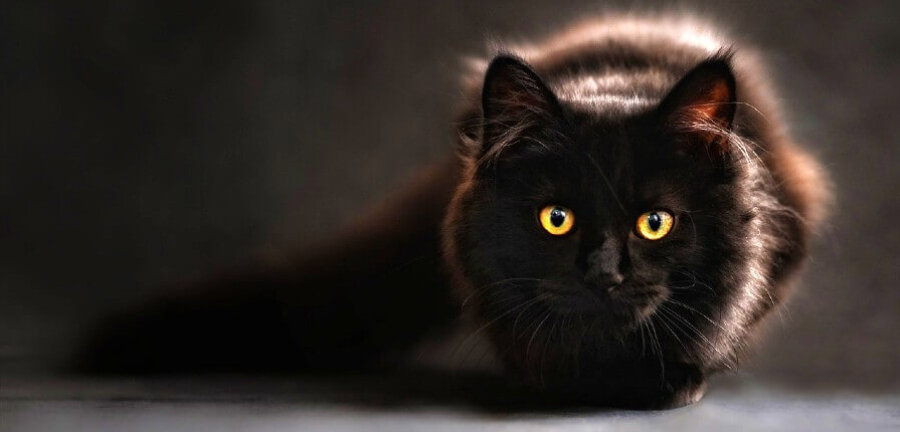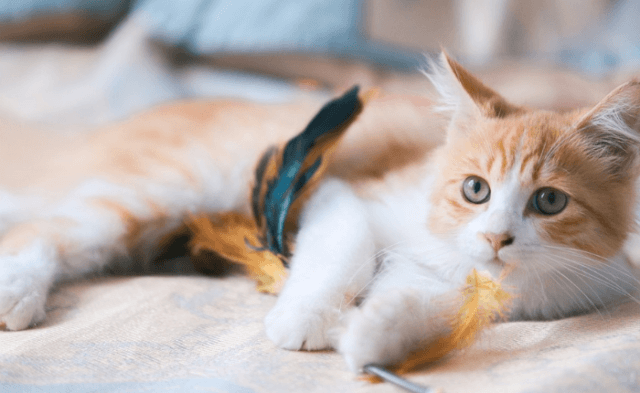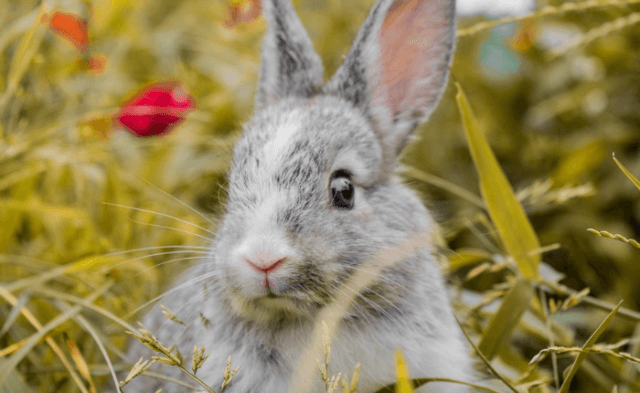When you adopt a black cat, one of the things no one warns you about is that October presents a minefield of temptations. Suddenly, tributes to your beloved house panther are everywhere. No, I don’t need another T-shirt, tea light or tea towel … but how am I to resist when they feature a likeness of my Mia, perched on a pumpkin?
There’s nothing remotely scary about ebony-coated felines, including Mia—unless you’re the gold crinkle toy that she attacks with the zeal of a hungry vampire. But what is scary is the heap of dangers that Halloween poses to our animal companions. Every October, animals are sickened, injured and even killed due to accidents and intentional cruelty. Don’t be haunted by a Halloween horror—take steps to keep your animals safe this season.
People who are lucky enough to have a black cat in their lives know that Halloween is no time to let Salem roam the streets. But the same is true for companion animals of all colors, every day of the year. Real evil lurks outdoors, and cats and dogs are defenseless against it. PETA’s files are overflowing with reports of animals who were tortured and killed by abusers who found them wandering alone outdoors. (I’ll spare you the details, but imagine the most gruesome horror movie you’ve ever seen and you’ll start to come close.)
Even if they manage to avoid cruel people, animals who are allowed to roam face a daily battle against other hazards, including contagious diseases, poisons, weather extremes and traffic—a battle that many lose. In my small, quiet neighborhood alone, all three cats who were allowed outdoors (despite my pleas to their guardians to keep them indoors) have been hit by cars. Only one survived, after being rushed to an emergency veterinarian.
The streets are no place for vulnerable animals. In October (and every other month), allow your animals outside only on a leash and harness or in an escape-proof fenced area under your constant supervision. If you see dogs or cats roaming outdoors, do everything you can to get them to an animal shelter, where they’ll be safe and have a chance to be reunited with their guardians or adopted into a loving home.
Visits from trick-or-treaters are opportunities for cats and dogs to slip out of the house, so it’s best to stay with your animals in a quiet room away from the door and assign someone else to candy duty. A parade of costumed visitors at the door is stressful to Mia, as it is to many animals. So when the weather allows, I decorate a table at the end of the driveway and hand out treats there. If you live in an apartment, you could hand out candy just outside your door or at a community event instead. Whatever you do, always ensure that your animal companions are microchipped and wearing collars with current ID tags.
Halloween hazards are found indoors, too, so take time to cat- and dog-proof your home. Look around and try to see things from an animal’s perspective. Candy, decorations, candles, balloons, party favors and other holiday items can be irresistible to cats and dogs. They can cause real harm—from poisoning and intestinal blockages to burns and house fires—if eaten or knocked over, so keep these well out of your animals’ reach. If you suspect that your animal companion has swallowed something harmful, call your veterinarian or an animal poison hotline, stat.
Finally, leave dressing up to the humans and let animals just be themselves. Mia is “dressed for Halloween” year round—thanks to her all-black fur—but even if she weren’t, I’d never subject her to the humiliation, stress and discomfort of wearing a costume. Costumes aren’t fun for animals, and if they become entangled in them or eat small parts of them, they can strangle or choke.
Taking these precautions will help make Halloween happy, not haunting, for you and your animal companions. As for Mia and me, after all the candy is handed out, you’ll find us snuggled in a black cat-print blanket. I’ll probably be wearing socks with black cats on them, too.





